Teach students the difference between fiction and non-fiction with this set of two classroom posters perfect for early years classrooms.
What Is the Difference Between Fiction and Non-Fiction?
When delving into the wonderful world of books and reading with our littlest learners, one of the first lessons we teach is the difference between fiction texts and non-fiction texts.
Fiction texts are imaginary stories that have been written by an author to entertain the reader. Fiction texts have:
- Characters – The people, animals or make-believe creatures in a story.
- Setting – The place where the story is happening, and the time when it is happening.
- Plot – The events that happen as the story unfolds.
- Illustrations – The pictures that accompany the words of the story.
Non-fiction texts are factual texts based on real-life topics. Their purpose is to inform. Non-fiction texts have:
- Headings and Subheadings – To help the reader find information.
- Photographs and Captions – To show real-life images of the topic.
- Diagrams, Maps and Charts – To present information in different ways.
- Bold and Italic Text – To make important words stand out.
To help your students remember these key differences between fiction and non-fiction texts, we’ve created this set of two beautifully designed classroom posters containing the above information. Display them in your class reading corner as a reminder to your students that fiction and non-fiction texts serve very different purposes!
These fiction vs non-fiction posters are available as a full-colour or black-and-white PDF, and a full-colour or black-and-white Google Slides file (these are contained in the same file). If you have limited colour printing available at your school, we recommend printing the black-and-white posters on coloured paper. You may even wish to enlarge the posters so that they really pop when placed on your classroom bulletin board!
Multiple Uses for These Fiction vs Non-Fiction Posters
Along with looking great on your classroom wall, these posters have many other uses when it comes to teaching your early years students about the differences between fiction and non-fiction texts. Here are a few ideas from our expert teacher team:
- Teaching Tool – Use the posters as a teaching tool when teaching your students about the differences between fiction and non-fiction texts. Explore each section of the posters, discussing key features like characters, plot and setting for fiction, and facts, real events and informational features for non-fiction.
- Pre-Reading Discussion – Before exploring a new text with your students, review the features of fiction and non-fiction texts using the posters. Students can then make predictions about the nature of the text they are about to engage with based on the features presented on the posters.
- Sorting Games – Have students choose a book from the classroom library and bring it to the carpet. Use the posters as sort headings and have each student place their chosen book under the correct poster, giving reasons for their decision.
Download These Fiction vs Non-Fiction Posters
Use the dropdown menu on the Download button to access your preferred file format.
Print and display on your classroom bulletin board, then refer to the display whenever your students need a reminder of the differences between fiction and non-fiction texts.
You may wish to enlarge the posters to increase ease of accessibility.
Kendall Britnell, a Teach Starter collaborator, contributed to this resource.
More Resources for Exploring Text Features
Looking for more great resources to explore text features with your students? Click below for more great options to cut down on your planning time!
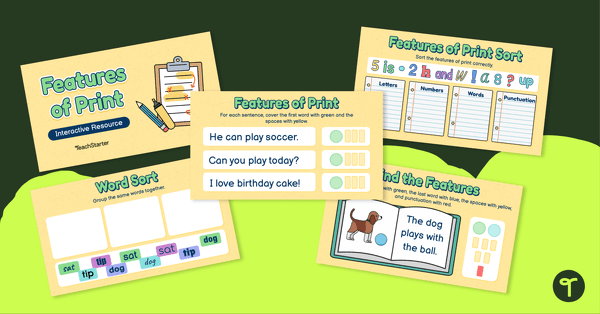
teaching resource
Google Slides Interactive - Features of Print
Use a Google Slides interactive activity to aid beginning readers in recognising print features and concepts of print.
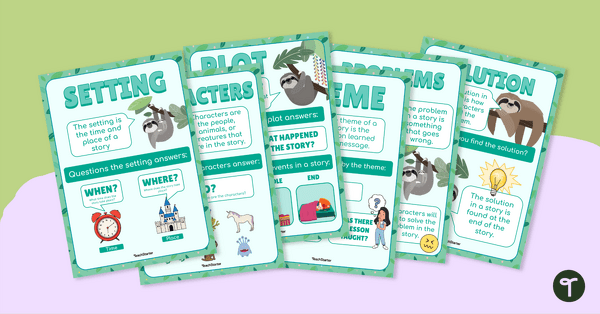
teaching resource
Story Elements Poster Set
Display these cute sloth-themed story elements posters when learning about narrative texts.
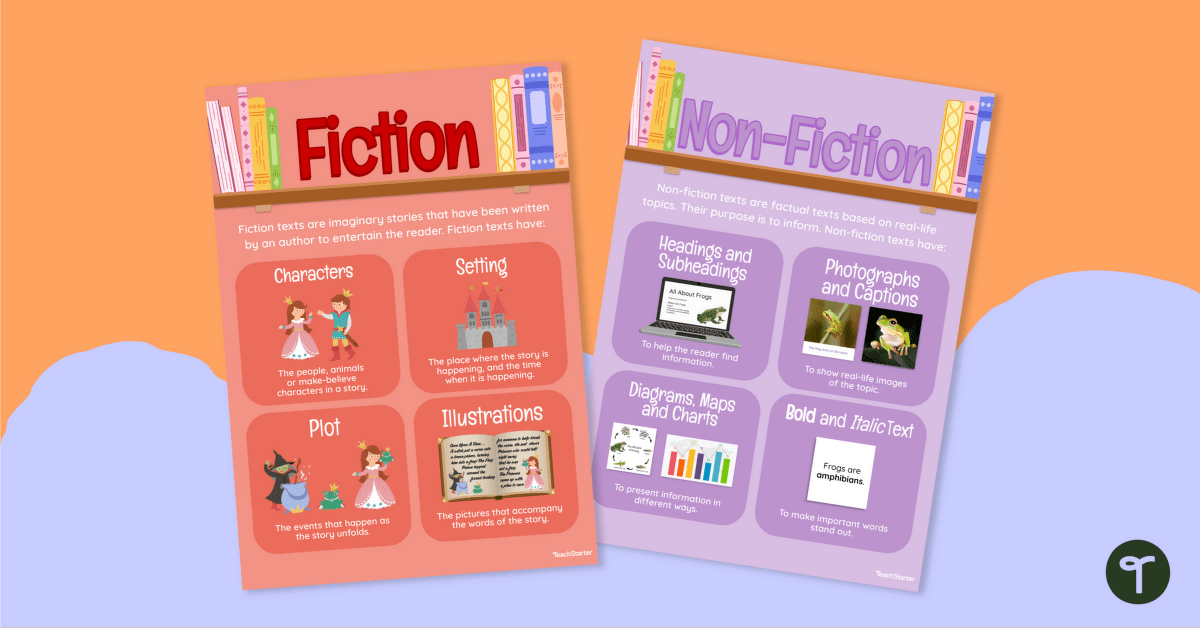


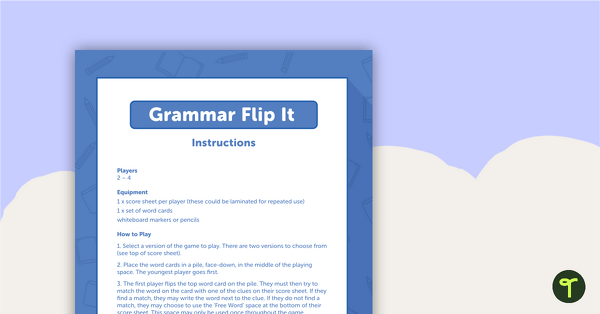
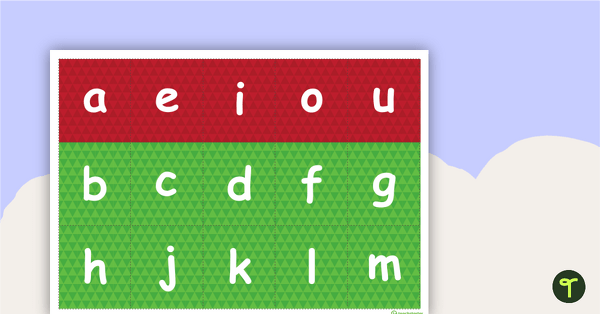
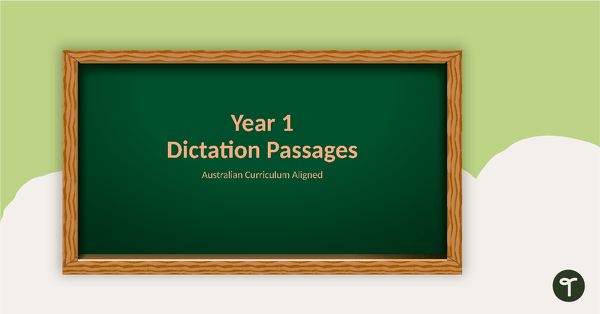
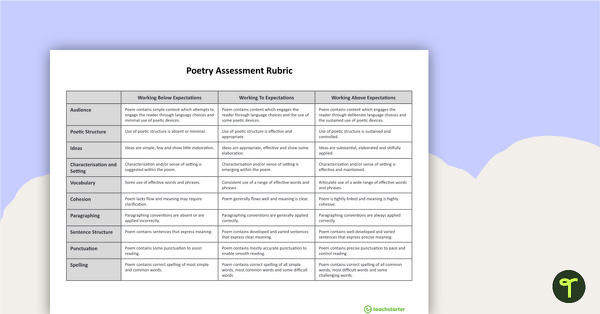
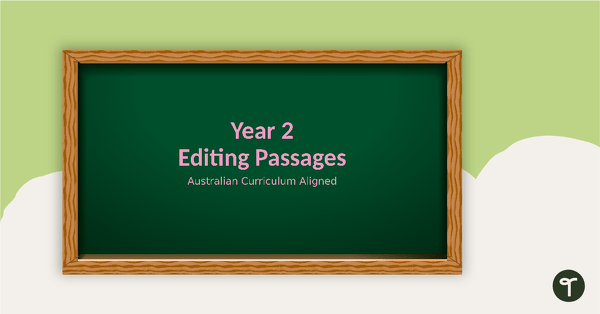
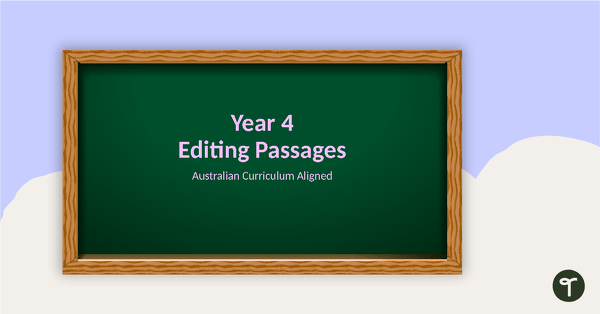

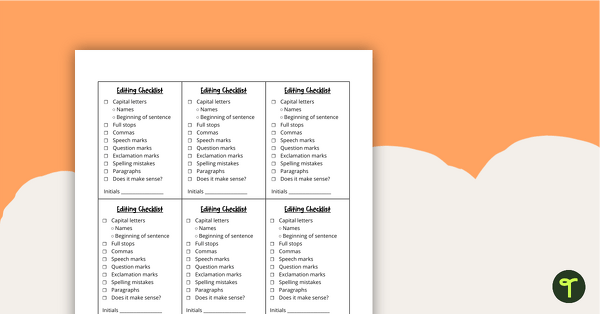
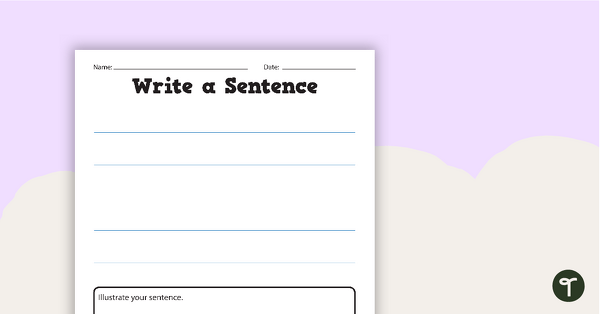
0 Comments
Write a review to help other teachers and parents like yourself. If you'd like to request a change to this resource, or report an error, select the corresponding tab above.